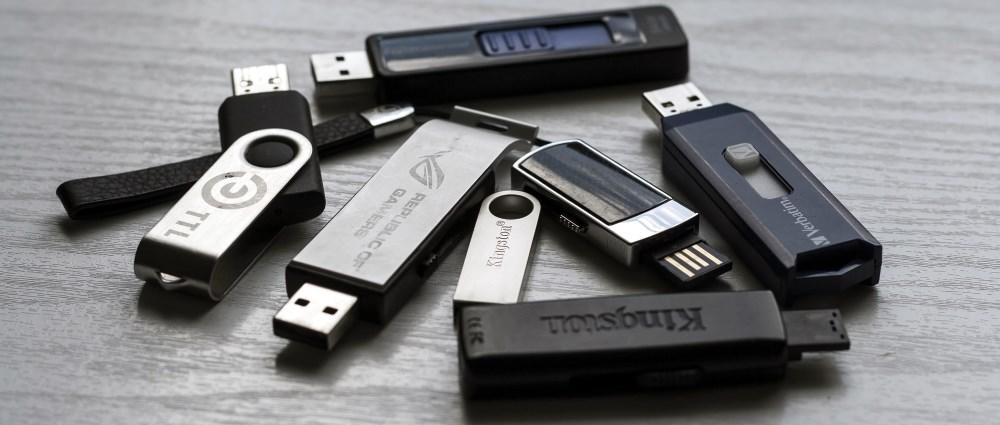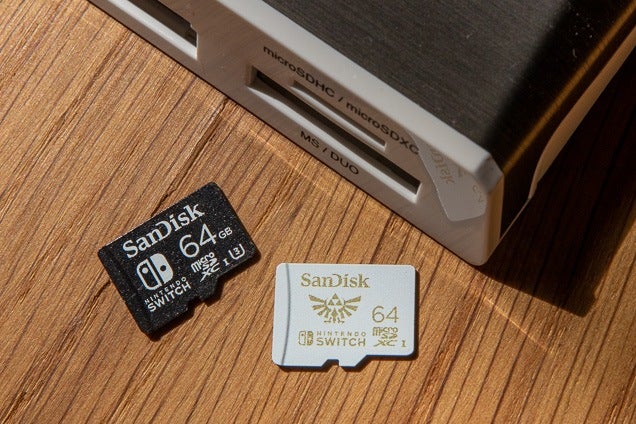Similarities and Differences between USB drive and MicroSD card:- Which one goes faster and is more trustable?
There is no doubt that portable external storage devices are among the best inventions of the 21st century.When it comes to storage devices,size counts, and the smaller the device, the better.Nowadays, SD cards and USB flash drives have already achieved the same amount of capacity as hard drives, but offer fast read/write performance.
Two of the most commonly used storage devices are pen drives and Micro SD cards.they are pocketable,lightweight and practical to carry.
Background:-
USB flash drives provide heaps of space for storing with sizes starting from 128MB to 2TB. Since its introduction within the year 1999, the capability it will offer is increasing bit by bit together with its performance
Like USB flash drives, SD (Secure Digital) cards also are removable and rewritable and use non-volatile flash memory. SD card was introduced in 1999 by the joint between Sandisk, Panasonic, and Toshiba to boost MultiMediaCards capability.
USB Drive:-
A USB drive comprises a flash memory and a built-in Universal Serial Bus (USB) interface.USB drives are used for storing, saving, transferring data between computers and supported devices.

Now, the USB flash drive maker provides USB 3.0 with the next performance read/write data. it's virtually as quick as an SD card however still supports a similar normal USB-A interface. There are numerous kinds of USB interfaces offered within the market, like USB 2.0, USB 3.0, USB 3.1 and giving better speed:
USB 2.0 - 480 Mbps transfer speed
USB 3.0 - 5 Gbps transfer speed
USB 3.1 - 10 Gbps transfer speed
USB 3.2 - 20 Gbps transfer speed
USB 4.0 - 40 Gbps transfer speed
USB drives are primarily designed for transferring or moving files from Computer/Laptop. when it comes to reliability, USB drives don't have any moving components and are somewhat immune to physical shock, however, they do not last forever.
SD Card :-
Secure Digital (SD) cards are tiny non-volatile storage cards designed for memory expansion for digital cameras, camcorders, and smartphones, digital video camcorders, and private computers. sd cards originally were orienting on moveable devices equivalent to cameras, smartphones, tablet PCs and not for desktops/laptops.
The SD card may be distinguished by 3 totally different sizes and shapes: microSD, standard SD, and mini SD. The 5 families correspond to the card' capability.
SDSC (SD standard Capacity) includes a capacity of up to 2GB,
SDHC (SD High Capacity) will store up to 32GB of data,
SDXC (SD eXtended Capacity) has an ample space for storing of up to 2TB of data,
SDUC (SD immoderate Capacity) has 64x additional storage than SDXC of 128TB,
SDIO (SD Input/Output) that is intended to hide I/O functions.

For connectivity, each USB drives associated SD cards needed individual modes to transfer files. USB drives need a USB port, offered on newest computers, an SD card needs a compatible slot and a host device for it to work. The file transfer speed depends on the bus interface speed of the SD card slot. the various bus interfaces provide different transfer speeds
Like USB drives, sd cards don't have any moving components creating them fairly durable. as a result of their smaller size, however, particularly the microSD, they're additional vulnerable to getting lost or misplaced.
Ending Remarks:-
The period of USB drives, the MicroSD cards are measured by write-and-erase cycles. This refers to the quantity of times knowledge is traced to the memory device then erased.Lifespan of both ranges to 10,000 write cycles.
- Tech 4
- Gaming 9
- Artwork 1
- General Topics 2
Categories
Recent Blog
Tags
Description
A brief comparison between USB Drive and MicroSD Card.